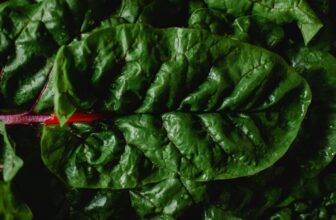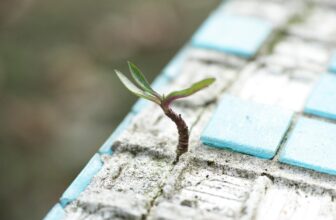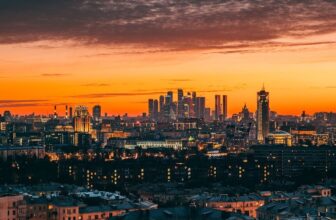
If insects don’t bite or buzz, we think of them as harmless and even cute creatures. But there are some very frightening, dangerous, and poisonous species in nature that you should be aware of and avoid.
Tsetse fly
This is a bloodsucking insect, but unlike mosquitoes, the tsetse fly leaves devastating consequences after the bite. The tiny teeth gnaw into the skin of the victim, and the flying predators also carry unpleasant infections like African trypanosomiasis (sleeping sickness). If not treated promptly, the disease can be fatal. There are more than 15 species of tsetse flies in the wild. They are mainly found in Africa, are yellowish or ochre-colored, and reach 1.5 cm in length.
Peacock Butterfly Caterpillar
It is also known as the Stinging Nettle. The frightening-looking peacock caterpillar is dangerous: several people die each year from its bites. This inhabitant of the South American continent releases a strong poison contained in its bristles, which causes gangrene and hemorrhages. For its insidiousness, the insect is called the killer caterpillar.
Giant Centipede
In South America and the Caribbean Islands, you can find another dangerous creature – the giant Amazonian centipede. The body consists of 21-23 segments, equipped with legs, and reaches a length of 35 cm. The aggressive arthropod attacks animals and humans, wrapping all its limbs around a leg or arm and digging its claws in. It does not kill, but pain, weakness, and fever are ensured.
American reaper ant
The American reaper ant is the most poisonous insect in the world: its toxin is 12 times stronger than bee venom. Twelve injections are enough to kill a rat, and 350 to poison a human. The ant attacks its victim and “bites” with its pincers, injecting pheromones from its stings along with the venom; this is how it attracts its fellows to kill the unwanted guest. The stung person feels a very strong pain that lasts 4-8 hours.
Human skin gadfly
The insect is similar to the bee in appearance, but it has fewer bristles and more hairs. The female embeds her eggs in the skin of humans and livestock, attaching them to vectors such as mosquitoes and flies. Once on the body, the larvae feel warmth and hatch, then penetrate the skin and develop.
The Asian giant hornet
The world’s largest hornet species, known for its fearlessness and aggressiveness, lives in East Asia and can often be found in the mountains of Japan. This insect feeds on the larvae of honeybees, for the sake of which hornets destroy hives. The predator can tear up to 40 bees in a minute with the help of powerful mandibles, and a 6-millimeter sting contains poison that dissolves body tissues.
Bullet Ant
This is the world’s largest ant that delivers the most painful jabs. It can be found in Central and South America. The ant’s name comes from the very intense shooting pain caused by the venom exuded from its stings. The suffering can last for as long as 24 hours.
Furry caterpillar
The appearance of this caterpillar is quite unusual – it resembles a mop of hair, the color of ochre, gray, or yellow. While this creature looks cute, it is strictly forbidden to touch it. The fluffy lump, known in the U.S. as the most poisonous of caterpillars, is capable of causing excruciating throbbing pain with its sting, swelling, and burning of the skin, as well as cramps in the head and stomach.
Wandering ant
Wandering ants live in huge colonies (up to 22 million individuals) in African forests and are constantly roaming: they move to a new place every day and destroy all insects, animals, and birds that get in their way. These ants are very dangerous: they climb on the victim from the ground or jump from trees, from where they track their prey. They bite with powerful, sharp jaws and literally can tear small victims apart. Encountering a colony of these insects, which reach 2.5 cm in length, is very dangerous.
Africanized bee
The Africanized bee looks like an almost complete copy of the usual honeybee. Only specialists in laboratory conditions can distinguish between the two species. Their venom is not very strong, but the insects are dangerous to humans, as they attack in large swarms.
This list is endless. There are so many dangers in the world that can trap a person. We have tried to select the most dangerous insects. Who knows, maybe our information will one day help you avoid trouble. We wish you, however, never to meet these creatures. Stay safe!




